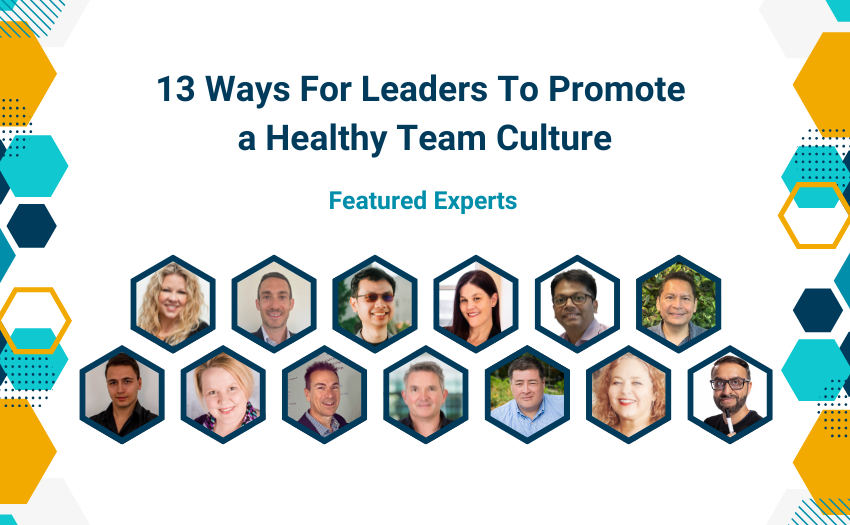One unique aspect of the ICAgile corporate recruitment process is that it’s team-based. “Many organizations have an HR team that drives recruitment; however, at ICAgile, we seek to involve several people from all levels of leadership, with whom the potential new hire would be working,” Ewan explained. In practice, this includes the hiring manager, the direct report, collaborators, and an interview with an individual from higher leadership.
The team-based approach continues into the decision process, where those involved in candidate evaluation and screening weigh in on how the candidate would fit into the team’s dynamic and the skills needed for the role.
“When recruitment is purely driven by a human resources department, while it’s helpful in terms of efficiency and processes, these hiring managers won’t be working as close with the candidate in comparison to the team.”
3. Define Team Behaviors and Values
Decide on key character traits and qualities your organization values to identify potential candidates. In addition to screening the applicant for the skills and experience necessary for the role, another defining characteristic of the ICAgile hiring strategy is the focus on what Ewan describes as core behaviors.
“We have the core behaviors defined in our handbook because we see teams in collaboration as the producers of value for our customers, and we want to ensure that we’re incentivizing the team-based behaviors that support our culture and values.” The emphasis on core behaviors makes it easy for team members engaged in the interview process to identify key attributes and characteristics in candidates that align with the collective mindset at ICAgile.
Conversely, Ewan cautions against hiring individuals who are too similar to one another. “Part of being adaptive is making sure we don’t get too much of the same thing. We need to have diverse perspectives.” She further describes that being too narrow-minded during the hiring process can result in a groupthink dynamic, impeding growth and creative problem-solving.
In essence, aligning on core behaviors promotes retention and positive long-term outcomes for the hiring organization and the candidate.
“We take the growth mindset approach. If a candidate is flexible, curious, and committed to learning, this will be more important than an applicant coming in with all of the skills needed out of the gate. We believe that skills and capability can be built along the way.”







